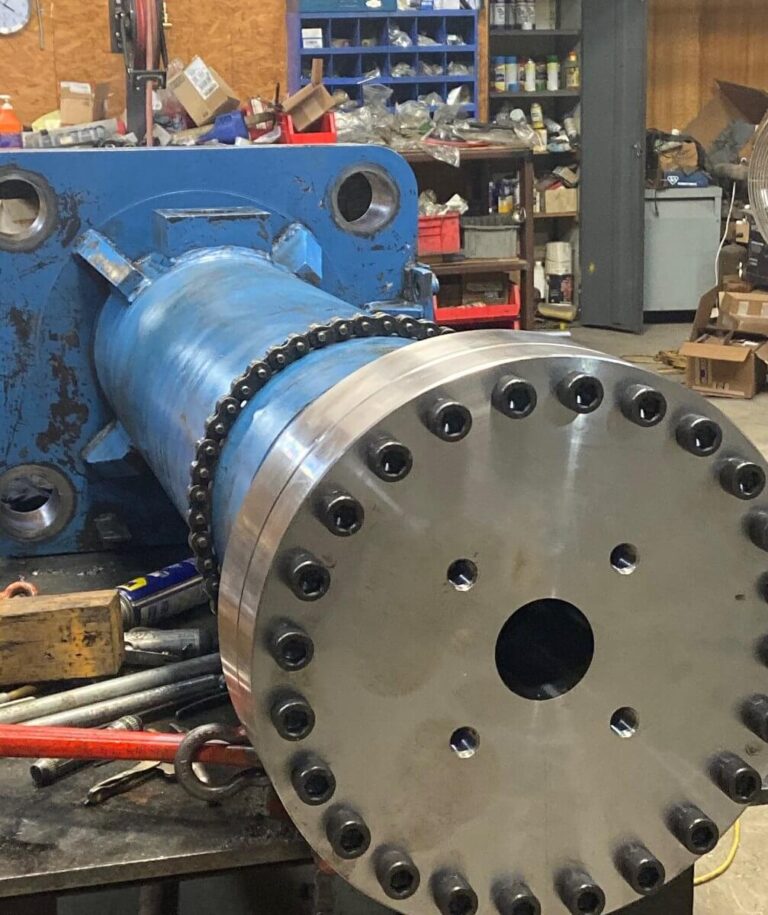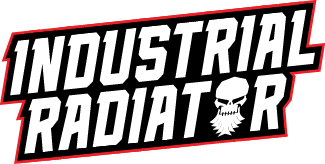In simplest terms, the hydraulics used in heavy duty diesel engine equipment are systems for doing “linear” work. That is, generating large amounts of force to move something along a linear path (pulling, lifting, pushing, etc.). There are two main sides to this system: the “generator” side consisting of a hydraulic pump which regulates the flow of oil or other fluid, and the “motor” side consisting of a hydraulic cylinder. These two fundamental parts work together to manipulate fluid pressure within a cohesive, force-generating system. It’s a relatively simple equation that nonetheless involves many smaller component parts and a virtually endless variety of system constructions.
While it wouldn’t make sense for most HD equipment owners or operators to have exhaustive knowledge of hydraulic cylinder construction (that’s what your expert service techs are for!), there is definitely value in having a basic familiarity with some of the most common cylinder types. Here are four hydraulic cylinder types to know:
Single-acting hydraulic cylinders
A single-acting cylinder is also sometimes referred to as a push cylinder because it generates force in only one direction. When external force is applied to the piston shaft, it recedes into the chamber until hitting the closed end. Hydraulic fluid flows to the closed end of the cylinder and generates an output force, pushing the shaft outward with a contraction at the head end. A single-acting design is less versatile than double-acting, but can make sense for applications where load weight can be used to reset the cylinder position to closed.

Double-acting hydraulic cylinders
The double-acting cylinder is actually more common than the single-acting design, primarily due to the versatility mentioned above. A double-acting cylinder can move in two directions, depending on where the fluid pressure is applied. There are two pressurized chambers within the cylinder, so load weight is not necessary to return the piston to a closed position. Within the double-acting type, there are several different constructions that are designed for specific applications. For example, double rod cylinders have two piston rods (good for oscillating motion), and cushioned cylinders have a device that limits maximum load at the head end of the stroke.
Telescopic hydraulic cylinders
Telescopic cylinders can be either single-acting or double-acting. As the name suggests, this type of construction features one or more piston rods within other rods. The first piston rod acts as the barrel for another, smaller rod, and so on for a series of up to six telescoping stages. Why design a hydraulic cylinder this way? Most commonly, because there is limited space within the equipment and telescopic construction is the only way to accommodate the length of cylinder needed.
Welded body hydraulic cylinders
Tie rods are steel rods used to connect the end caps of a cylinder barrel and hold them in place. A welded body hydraulic cylinder has no tie rods. Instead, the end caps are welded directly to the barrel. One advantage of this construction is that, compared to tie rod cylinders, there are fewer parts at risk of damage or wear. Another is that welded body cylinders are relatively compact in size, making them an ideal choice for mobile machinery such as diesel engine vehicles. Because of the solid and simple design, welded body cylinders are also easier to customize than some other types.
If you need help servicing your hydraulic system, or even designing and machining a brand new hydraulic cylinder, contact the experts at Industrial Radiator Service today.

[…] ability to work safely and efficiently. We have previously shared information about common types of hydraulic cylinder, as well as important safety tips about hoses and couplings. In addition to those topics, any owner […]
[…] The system’s ability to work safely and efficiently is largely dependent on using the correct type of hydraulic cylinder and following essential safety tips and best practices. But even the most carefully constructed and […]